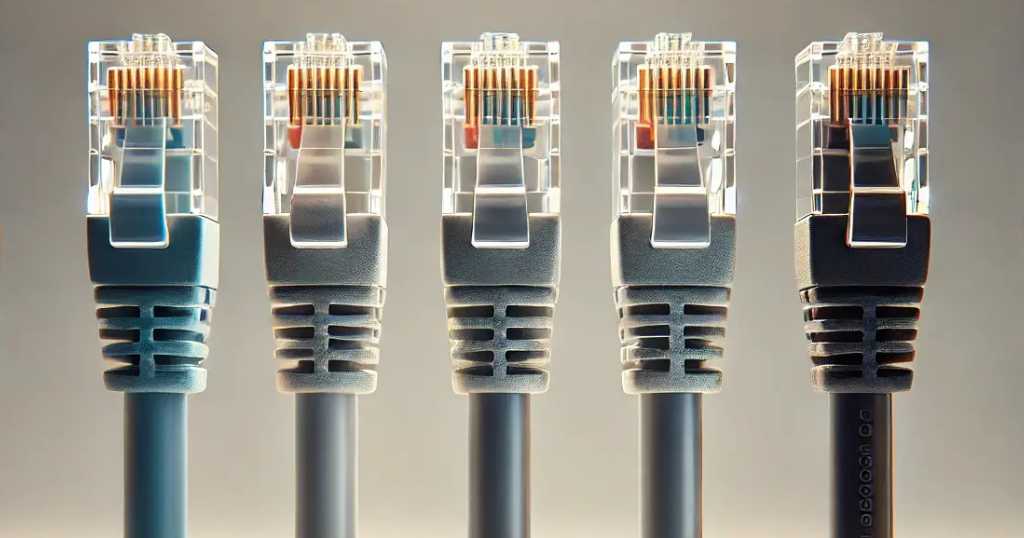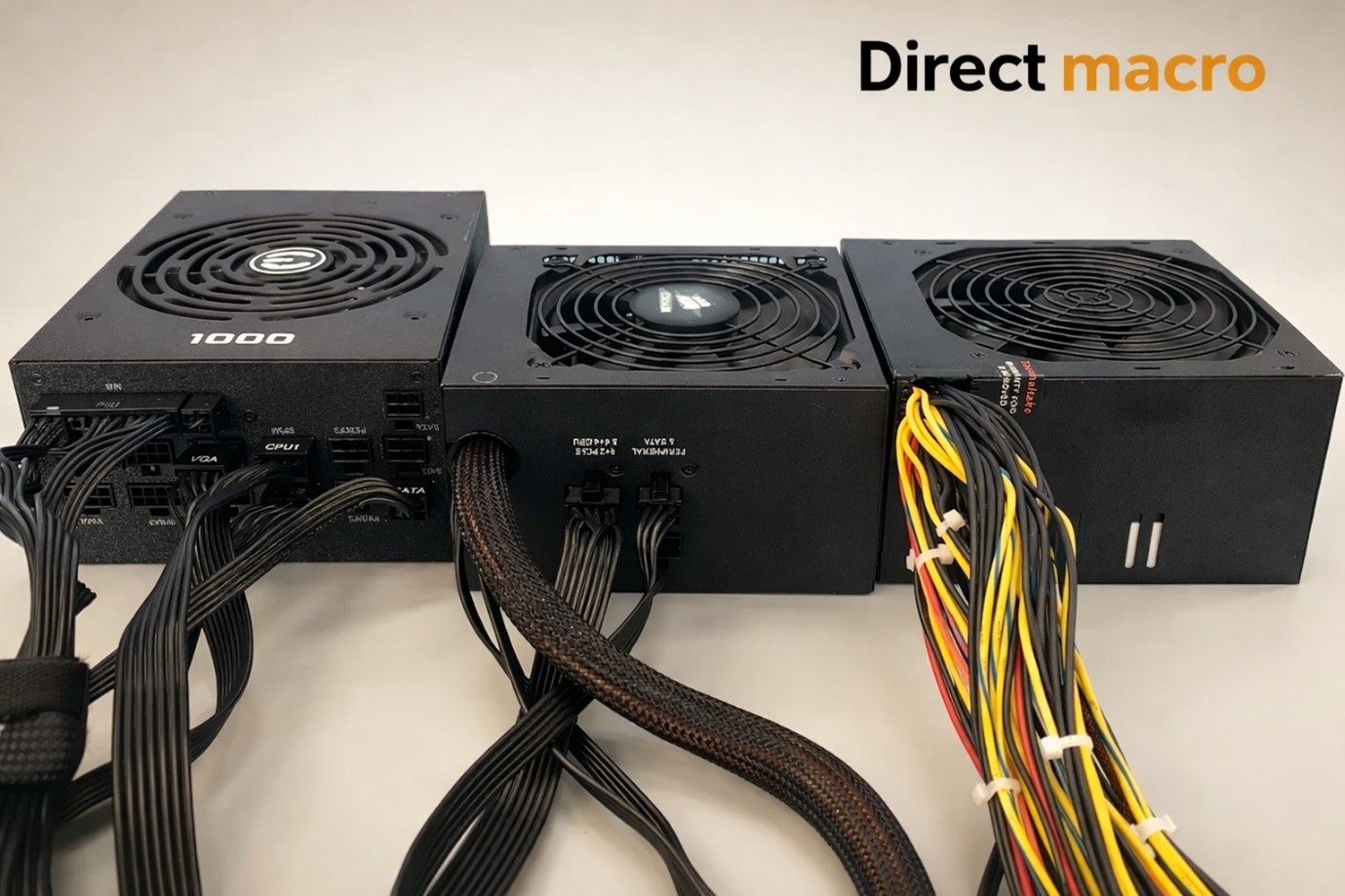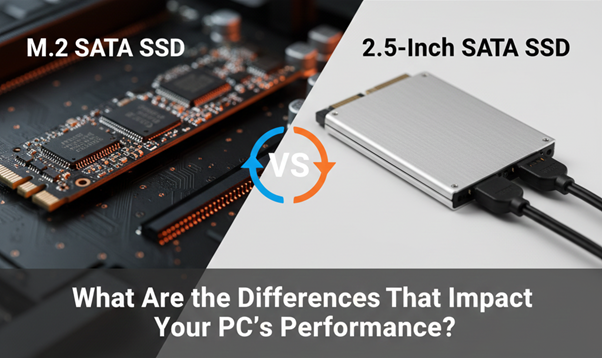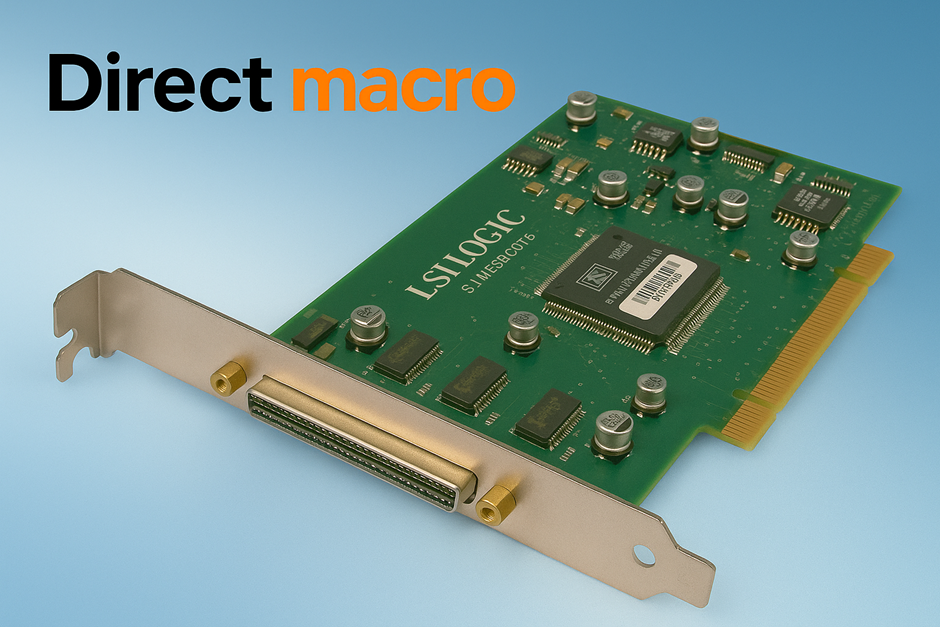Ethernet Cable: The Right Cable for Ultimate Network Performance
Ethernet cables are generally known as network cables; they are used to connect a number of computer systems to a local area network. It enables an effective Ethernet system by transmitting data between various devices, such as a modem, router, switches, or computer. These cables manage the transfer of information between the various devices. But to ensure the proper connection, you must choose the right cable in terms of category, cable shield, and length of cable. A single cable may not be the best fit for every purpose. There are different varieties of cables that are designed to meet different system requirements. First, let’s find out what is an Ethernet cable?
What is an Ethernet cable?
In 1973, Bob Metcalfe developed a high-speed networking system that enables efficient data transfer between multiple devices, computers, servers, and the “ethernet.” The Ethernet cable is a patch cable that makes this system work. Through cables, wires, pairing, shielding, and length, we ensure its capability to transfer the amount of data and its speed.
Categories of Ethernet Cables
The Ethernet cables are made with copper wires and come in many categories. Each category provides a different range of bandwidth and amounts of maximum data transfer rate. Bandwidth is measured in MHz, while data rate is measured in megabits per second. Normally these cables come in either unshielded twisted wires or shielded twisted wire. Though all cables with twisted pairs end with 8-pin RJ45 connectors.
Cat1:
Category 1 type of Ethernet cable was the first version of cable that was initially used for telephone cables because it was specifically designed for analog support. The category 1 cable contains two twisted wires, both twisted around each other.
Cat2:
Cat2 cables were initially used for IBM ring networks back in the 1980s. It could only provide data transfers at the speed of 4 Mbps. It is also an unshielded twisted version of cable that consists of 4 pairs of wires.
Cat3:
This was the first type of cable in the early 1990’s that could support 10BaseT Ethernet networks. It could provide up to 10 Mbps rate of data transmission and could support digital voice communication. Though it is too slow to work with today’s Ethernet system requirements.
Cat4:
This was fourth among initial cables that could provide a data transfer range up to 16 Mbps. It was primarily used for meeting the system requirements of IBM token ring networks.
Cat5 (Category 5 enhanced)
Cat5 cables were introduced in 1995; they are currently the most commonly used cable because they provide sufficient speed to meet today’s average system requirements. Though for the advanced system, you may upgrade to a higher-level category. It can support data transmission at the speed of 100 Mbps, while its upgraded variant Cat5e provides data transfer speed up to 1 Gigabit/s or 1000 Mbps. This makes it currently the best Ethernet cable that is the most efficient and affordable solution for many businesses today.
Cat6 (Category 6):
Cat6 Ethernet cable has improved shielding, which makes it have improved bandwidth. It is capable of providing data transmission at the speed of 10 gps over shorter distance signals, for instance, 37 meters. While it can at minimum provide 1 Gbps speed at the distance of 100 meters. Category 6 comes in three variants:
- Cat6a: It has a bandwidth of 10 Gbps and takes 20 minutes to transfer 1 terabyte of data with a frequency of 600 MHz, making it more efficient than Cat6e.
- Cat6e: It has a frequency range Up to 250 MHz with 10Gbps bandwidth at 180 feet, making an improved version of Cat6 Ethernet.
| Features | Cat6a | Cat6e |
| Data Transmission Rate | 10 Gbps | 1 Gpbs |
| Data Transmission | 10GB BASE-T | 1000B BASE-T |
| Frequency Range | 250 MHz | 250 MHz |
| Connector type | RJ45 Connector | RJ45 Connector |
Cat7 (Category 7)
Cat7 Ethernet is an improved version of Cat6E cable and is used for systems with high speed Ethernet networks. Its shielded cable consists of an individually shielded pair of twisted wires inside. It sufficiently fulfills the requirements of ISO/IEC 11801:2002 Class F specification. Cat7e is a further advanced variant with augmented features such as 40 Gbps speeds over 50 meters of data transferring between servers, routers, and computer networks.
Cat8.x (Category 8, 8.1 and 8.2 )
Cat8 is the most advanced type of high-speed Ethernet cable that can support up to 25GBase‑T and 40GBase‑T networks. It makes it the best Ethernet cable for gaming and advanced networking setups, such as in data centers and server rooms, where switch-to-switch communication is carried out. Although it has two more variants, the details of which are as follows:
- Cat 8.1 Class I: It is an advanced variant of Cat8 that can support data transmission up to 25–40 Gbps with 2000 MHz bandwidth. The cable has completely shielded twisted pairs of copper wires.
- Cat 8.2-Class II: Both cables 8.1 and 8.2 can provide a frequency of 2000 MHz with 40 GB, but 8.1 and 8.0 are backward compatible; however, the Cat 8.2 has a different connector pin than the standard RJ45 connector.
A Table Chart for Categories of Ethernet Cables
| Category | Cat4 | Cat5 | Cat6 | Cat7 | Cat8 |
| Data Range | 16Mbps | 100Mbps | 1000Mbps | –10Gbps (100 m)
–40Gb at 50 m |
-Cat8.1: 25 Gbps
-Cat8.2: 40 Gbps |
| Bandwidth | 20 MHz | 100 MHz | 250 MHz
500 MHz |
1000 MHz | 600 MHz |
| Max. Distance | 100 m | 100 m | 100 m | 100m | 100m |
| Shielded/Non-Shielded | Non-Shielded | Non-Shielded | Cat6: Non-Shielded
Cat6a: Shielded |
Shielded | Shielded |
Types of Shields in Ethernet Cables:

Ether-network cables come with shielded or non-shielded packaging. Low data frequency range cables that were primarily cat1, cat2, cat3, and cat4 come without shielding. However, the later versions are all available with one or two types of shielding. Shields protect cables from electromagnetic and radio frequency interference, which is possibly found in cables with high bandwidth, such as Cat 6, Cat &, and Cat 8. That’s why they are protected with a shield to ensure more efficient data transfer. These cables are shielded in one of the following kinds of shielding:
- Cable Shielding: It’s the outer shielding that collectively wraps all twisted pairs with aluminum foil or braided wire.
- Conductor Cable: It Wrap each braided wire and twisted pair with aluminum foil.
Foil Shield (F/UTP or F/FTP):
This type of foil is carried out upon unshielded twisted wires. This offers an extra layer of aluminum copper foil around all the cables or around twisted pairs of wires, ensuring protection against EMI/RFI.
Braided Shield (S/UTP or S/FTP)
This type of foiling wraps around the conductors. Individual wires are wrapped into foil before all the cables are collectively wrapped into one foil. This reduces the crosstalk of the twisted pairs and other wires within the cable.
Combination (SF/UTP or SF/FTP)
Some cables come with only braided or foil shielding, while others come with both. These are especially found in patch cables with high-speed data transmission, such as later versions of cables, such as Cat7 and Cat8.
Individual Shielding
An individual pair of twisted wires is wrapped by a shield, adding protection to the high-bandwidth cables.
Overall Pair shielding
Overall-pair shielding is carried out around the collection of all individual twisted pairs of wire.
| Type: ISO/IEC 11801 | Cable shielding | Conductor Shielding |
| U/UTP | Not Available | Not Available |
| F/UTP | Not Available | Foil Shielding |
| S/UTP | Not Available | Braiding shielding |
| SF/UTP | Not Available | Brading & foil shielding |
| U/FTP | Foil Shielding | Not Available |
| F/FTP | Foil Shielding | Foil Shielding |
| S/FTP | Foil Shielding | Braiding shielding |
| SF/FTP | Foil Shielding | Brading & foil shielding |
| S/STP | Braiding shielding | Braiding shielding |
4 Things You Should Consider Before Buying Ethernet Cable
Before you begin to buy an Ethernet Cable remember the following points to make the right Purchase. Which cable is best for you depends on your business requirements.
Data Transferring Range
Cable bandwidth refers to speed of data transmission by a cable, that includes two things the amount of data and the duration it takes to transfer. A 1Gbps cable is capable of transmitting data of 1000 bits of data per second. It is the best fit for the devices requiring Gigabit Ethernet in commercial buildings. Similarly, a 100Mbps cable is best fit for 100BaseT Ethernet, like small business or households. On the other hand, 10gbps cable is ideal for large data centers that has core infrastructure.
Installation Location
Every cable has a different data transferring range and bandwidth. The higher the bandwidth and range, the more careful you have to be before installing the cables. For instance, if you are running the cable openly or through a wall, both require different installation considerations. Consider the correct shielded cable to ensure you are installing the requisite according to your needs.
Size of the Ethernet Cables
These cables provide an efficient connection over a maximum 100-meter distance. However, the shorter the distance, the better the connection is. Long Ethernet cables are a good option for expanded networks, though they have a great chance of loss of signal. Therefore, a 20-meter-long Ethernet cable is the better option for efficient connection between devices.
Final Takeaways
High-speed Ethernet cables are the best choice for every business looking out for ways to improve their network performance. It helps with robust connections, secure transfers of data, and efficient performance of your network. However, among the vast variants of cables, the best Ethernet cables may depend upon your requirements. This blog discusses the details of the cables and types, and its shielding to enable you to understand your requirements and make the right purchase from direct macro.
FAQ’s
How to connect ethernet cable to pc?
Simply take one end of your cable insert it into your computer, and connect the other end of the cable to your hub’s Ethernet port. Make sure you have the right connector that easily syncs with the device hub.
How to see if ethernet cable is broken?
An issue may be associated with the cable, whether it’s broken or some other issue if the light doesn’t turn on as you plug the cable into the adapter. However, it’s the system’s ethernet problems if the pop-ups appear as “connection lost.” You can simply connect the cable to multiple devices and check connectivity to ensure its cable is broken from inside or it’s a system issue.
Can I connect my Samsung tv with ethernet cable?
Find the LAN port in your Samsung TV and connect one end of the cable to the port. Check the other end, and connect it to the port given in your modem or router.
Do you need advice on buying or selling hardware? Fill out the form and we will return.

Sales & Support
(855) 483-7810
We respond within 48 hours on all weekdays
Opening hours
Monday to thursday: 08.30-16.30
Friday: 08.30-15.30








